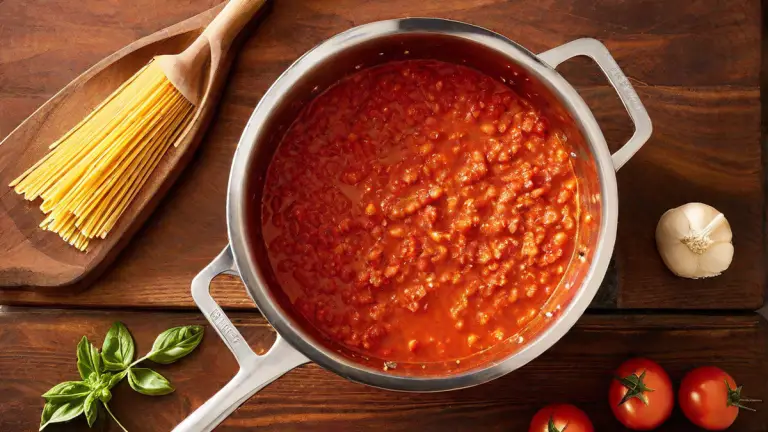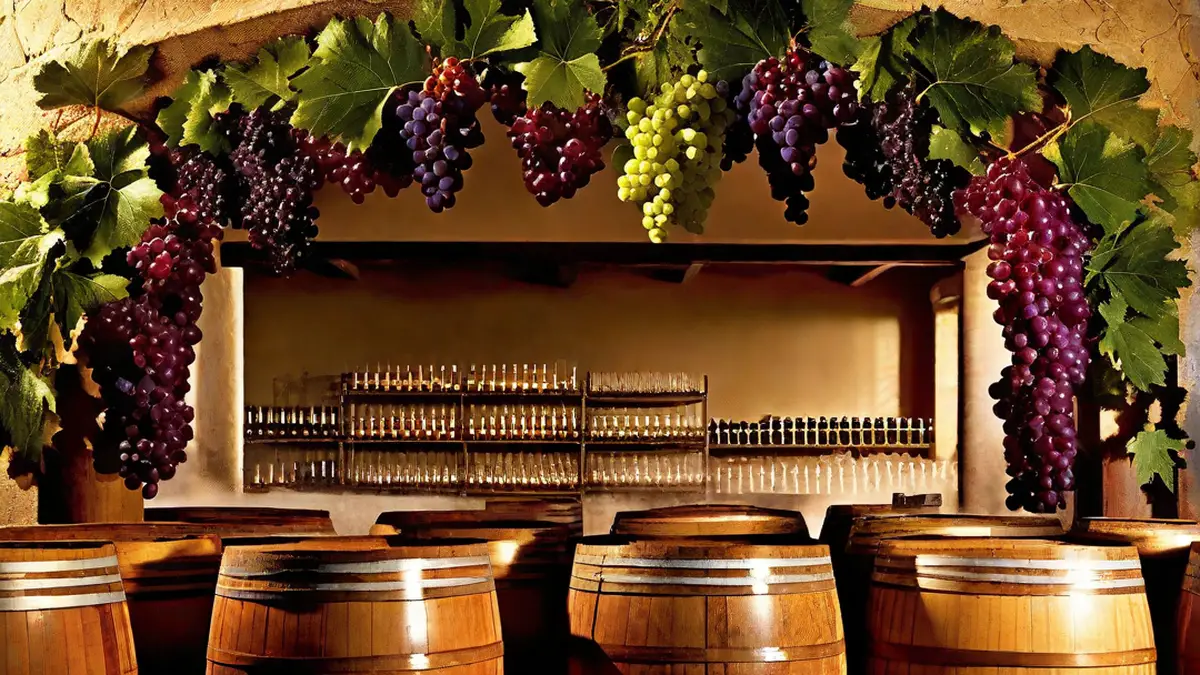In the realm of crafting pasta sauce, numerous strategies exist to enhance its flavor and depth. A popular technique involves adding wine to the recipe. As someone passionate about both wine and cooking, I’ve experimented with mixing wine into pasta sauce on various occasions. This article will share my personal experiences and insights on the best practices and timing for blending wine into pasta sauce, as well as offer some tips to consider.
The Purpose of Adding Wine
Before diving into the specifics, let’s talk about why you would want to add wine to your pasta sauce. Wine has the power to elevate the flavors in a dish by adding acidity, sweetness, and complexity. It can help balance out the richness of the sauce and bring a subtle depth to the overall taste.
Choosing the Right Wine
The type of wine you choose to add to your pasta sauce can greatly impact its final flavor. Generally, red wines are the go-to choice for tomato-based sauces, while white wines pair well with cream-based and lighter sauces. However, there are no hard and fast rules, and personal preferences play a significant role.
When selecting a red wine, I often opt for a dry and medium-bodied option, such as a Chianti or Merlot. These wines bring a pleasant acidity and fruitiness to the sauce without overpowering the other ingredients.
For white wine, I tend to go for a dry and crisp variety like Sauvignon Blanc or Pinot Grigio. These wines add a refreshing touch to the sauce and complement delicate flavors without overwhelming them.
When to Add Wine
The timing of when to add the wine to your pasta sauce is crucial. In my experience, there are two main approaches:
- Early Addition: Adding wine during the early stages of cooking allows it to simmer and meld with the other ingredients, enhancing the overall flavor profile. This method works well for longer-cooked sauces, such as ragù or slow-cooked marinara. The wine has more time to reduce and infuse its flavors into the sauce.
- Final Touch: Alternatively, you can add the wine towards the end of cooking, just before serving the sauce. This method is ideal for quick-cooking sauces, where you want to preserve the freshness of the wine’s flavors. The wine will retain its distinct taste and add a subtle kick to the sauce.
I personally prefer the early addition method for heartier sauces, as it allows the wine to fully integrate and create a more complex flavor profile. However, for lighter and fresher sauces, I find that adding wine as a final touch works best to maintain its vibrant taste.
Cooking Techniques
When adding wine to pasta sauce, there are a few techniques that can help maximize its impact:
- Reduce and Simmer: Once you add the wine to the sauce, let it simmer and reduce for a few minutes. This will help concentrate the flavors and remove any harsh alcohol notes.
- Choose Quality Wine: The quality of the wine will directly affect the outcome of your sauce. While you don’t need to splurge on an expensive bottle, using a decent-quality wine will elevate the flavors.
- Taste and Adjust: As you add wine to your sauce, taste it periodically and adjust the seasoning accordingly. Wine can enhance the flavors but may also increase saltiness, so be mindful of balancing the overall taste.
Conclusion
Adding wine to pasta sauce can be a delightful way to enhance its flavor and take your culinary skills to the next level. Whether you choose to add wine early on or as a finishing touch, the key is to experiment and find what works best for you. Remember to choose the right wine for your sauce and pay attention to the cooking techniques to achieve a delicious result. So go ahead, grab a bottle of your favorite wine, and get creative in the kitchen!




